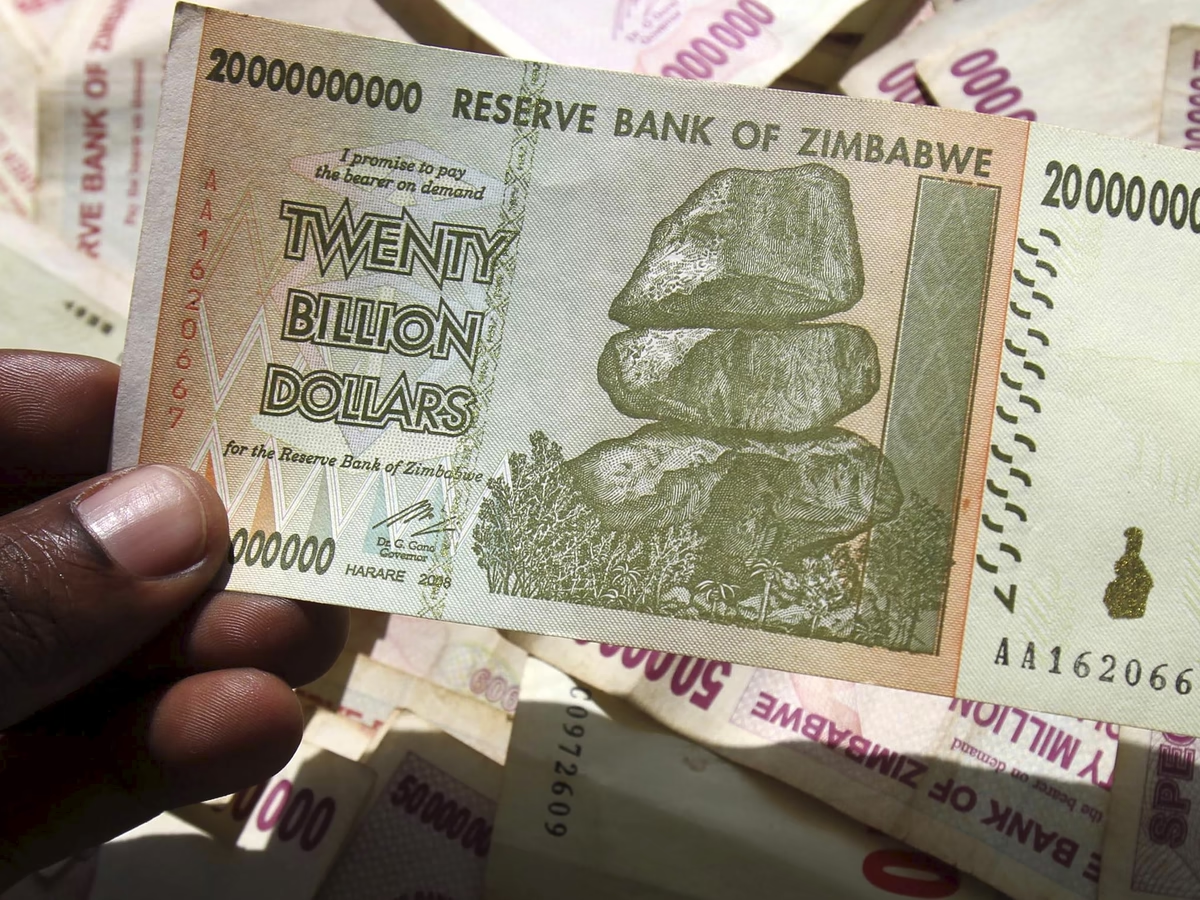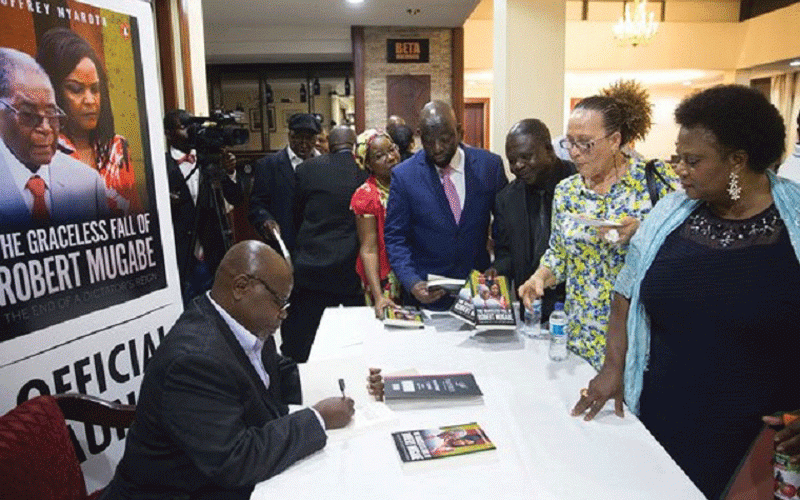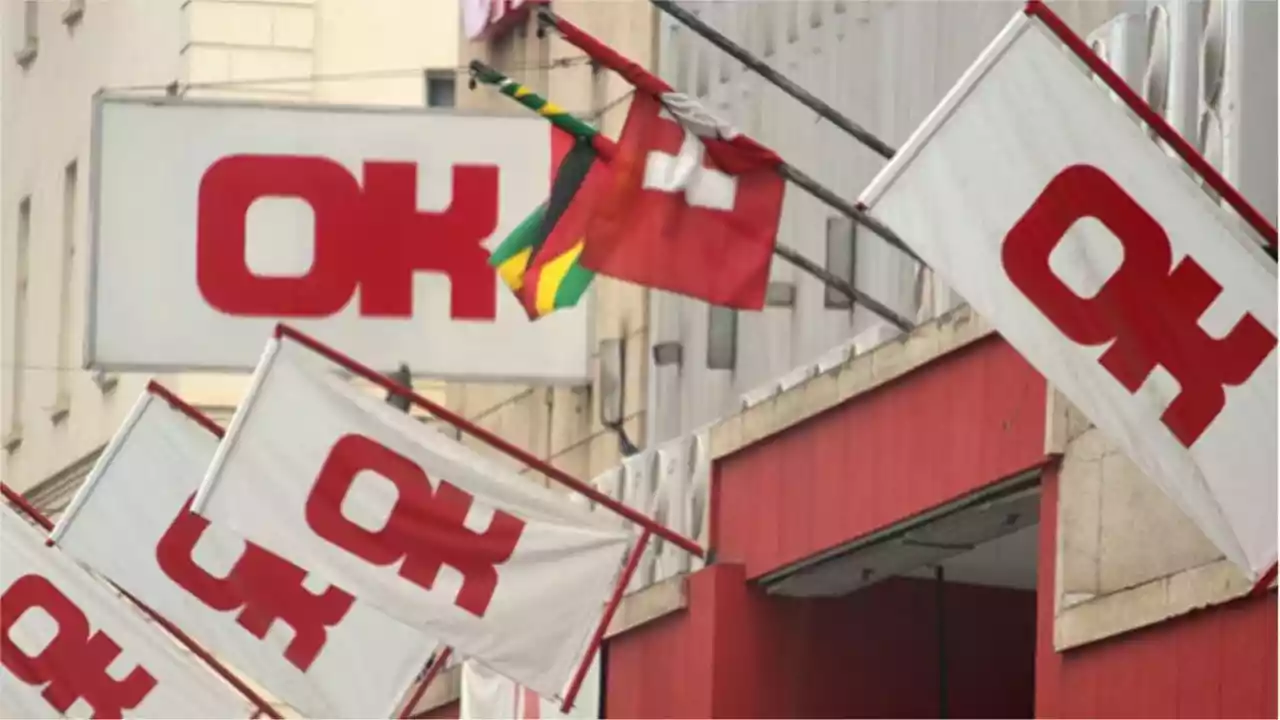
WAY back in 1969 , my nephew Jotham the tractor driver at Hereens farm at Soti Source in Gutu and my uncle Vande, the Head Cook in Madam Hereens’s kitchen, had arrived back at the village on Friday night to spend the weekend with their families.
Hereens was an Afrikaaner farmer, who had arrived in Southern Rhodesia on the Enkeldoorn Voortrekkers Wagons in 1895.
Both were seasoned drinkers of the home brew, of which my mother, Agnes Zvicha Basira-Chitsa was a prolific brewer!
My mother’s frothy beer was to be ready on the next Monday.
Both Vande and Jotham were supposed to report for work at Hereens Farm on the same day.
Due to their strong appetite for the “holy water’s strong kick on the palate”, Vande and Jotham did not go back on the Sunday.
They danced all night and on Monday morning they were still very drunk.
At twelve noon, Hereens arrived on horseback.
- The amazing history of money in Zim
Keep Reading
He found everybody sprawling on my family yard, relaxing, in drunken stupor. Hereens was so upset; he shook in anger, triggering a surreptitious escape by most villagers from the yard, with most of them wetting their trousers and overalls, looking with shocked trepidation at Hereens on horseback in the middle of my mother’s yard.
After swearing loudly, belting racial abuse and gesticulating with earth-shaking, thunderous stomp, he ordered Vande and Jotham to march back to the farm-30 km away. Jotham was ordered to walk quickly ahead of the horse, which was shrilling with impatience, breathing on his neck.
Vande was told to hold the horse’s tail and follow behind, suffering the danger of a huge kick of the horse’s hind hoofs.
One their way to the farm, the horse would start galloping, frightening Jotham in front and dragging Vande behind through the thorny bush.
While all this was happening, I was hiding in the goats’ pen, peeping through the poles used to build the goats’ pen.
Next, when Vande and Jotham arrived back for the weekend, they showed us holed coins and Rhodesian paper money, the half pay they received and the rest was garnished as punishment for skipping work for home brew. I was thunder-struck and speechless!
The earliest reference to coinage in the Southern Rhodesia Statutes is contained in Ordinance No: 3 of 1891 just like the one used in the Colony of the Cape of Good Hope.
This was used as standard currency only in Mashonaland, Fort Tuli, but excluding the disputed territory around Shashi River and Macloutsie River, Chief Khama’s area and the district of Tati. In other words, the use of this currency had territorial limits, beyond which was invalid!
Through Ordinance No. 6 of 1894, the territorial limits were extended to the whole of Southern Rhodesia. The Royal Proclamation of 1910-11, the British coins were allowed to be used in Southern Rhodesia.
British coins ceased to be legal tender in Southern Rhodesia on July 18 1939 and were demonetised in Northern Rhodesia and Nyasaland January 1 1955.
During the Anglo-Boer War (1899-1902) at the time of the siege of Mafeking, a critical shortage of coins developed after the Boers had seized a considerable stretch of railway line from Vryburg into Bechuanaland and communications with Rhodesia was suspended.
The Government Secretary for Matabeleland Hugh Marshall-Hole obtained the administrator’s permission to affix postage stamps, which were plentiful, to stamped cards, which had an order to the Civil Commissioner to pay in cash to the bearer the value of the stamp or stamps on the card on or after August 1 1900 but not later than October 1 – the date by which it was expected that rail communications would be restored. As a result £20 000 went into circulation in denominations of 3d., 6d.,1/-,2/- and 2/6d.
The Standard Bank agreed to accept them as cash and the Africans were persuaded to accept them.
When the cards were redeemed in August 1900 it was found that about £1 000 worth were missing. These have been sought after since then. A lot of forgeries exist.
In 1932 the first ‘Coinage Act ‘ of Southern Rhodesia authorised the minting of Southern Rhodesia gold, silver, bronze and nickel coins and declared British and Union of South Africa coins to be legal tender in the colony.
Although provision was made in the Coinage Act, no gold coins or farthings were minted. The first Southern Rhodesian coins minted under this Act were the 2/6d., 2/-, 1/-.,6d. and 3d. denominations. They bore the date 1932 and were silver coins of .925 fineness (92,5% silver and 7,5% copper). This first minting included 496 sets of proof coins.
For their obverse design ,the coins bore the crowned effigy of His Majesty King George the Fifth, consisting of Head and Bust, wearing the Robe of State with the Collar of the Garter and looking to the left, with the inscription ‘George V , King-Emperor’.
It should be significant to the reader to know that as early as 1932 the Florin, the shilling, the Sixpence and the Threepence coins recognised Zimbabwe African symbols and heritage and bore the following designs, in addition to the words ‘Southern Rhodesia‘, the denomination and the date of the year.
Half-crown: The shield of Arms of Southern Rhodesia surmounted by the Royal Crown; on a scroll the symbols ‘GV RI’.
Florin: A Sable antelope
Shilling: The Zimbabwe Bird
Sixpence: Two native war axes saltire-wise
Threepence: Three native spear- heads
In 1933, a new ‘Coinage Act‘ which repealed the ‘Coinage Act of 1932 came into operation. This Act made no provision for the minting of gold coins and excluded the Union of South Africa coins from the legal tender of the colony.
Southern Rhodesia coins were first issued in Nyasaland in 1933 and in Northern Rhodesia in 1934.
In 1934, the first Southern Rhodesia coins of the 1d. and 1/2d. denominations made of cupronickel (755 copper and 255 nickel) were issued. The obverse design of these coins, which were perforated at the centre, comprised a Double Rose crowned within a broken circle, with the inscription ‘George V King Emperor’. This design had been adapted from a design previously prepared by Derwent Wood, namely a Tudor Rose.
The Rhodesia Herald newspaper of June 30 1934 explained the hole at the centre of the 1d. and 1/2d. denominations as follows:
‘The …innovation of piercing them so that they can be threaded on a string or wire should be an advantage, particularly in the African Reserves, where the use of pockets is far from being universal the practice, which is also followed in east Africa, is borrowed from China, where peasants return from marketing their produce, wearing necklets of brass ‘cash’. The reverse impression consisted of a design prepared by the Royal Mint engravers, comprising a simple arrangement of the name of the Colony, the date of the year, and within ornamental scrolls, the denomination.
To be continued next week.
Muzorori is a researcher — [email protected].











